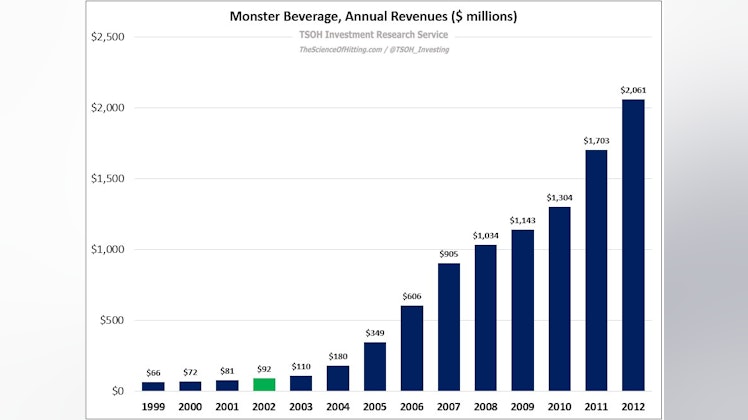Match Group: Tinder Troubles
Something is amiss in the online dating industry.
As I’ve discussed previously, Match’s current financials reflect aggressive pricing actions at Tinder: revenue per payer (RPP) for the app was up 20% YoY in Q1 FY24 to ~$16.5. The trade-off has been a growing headwind on volumes: Tinder Payers fell 9% YoY in Q1 to ~9.7 million, along with a 14% YoY decline on Americas Payers (across all brands in the Match portfolio).
As I wrote in “Temperature’s Rising”, there’s some limit to the level of volume declines that I think are advisable as Match drives RPP. With the continued acceleration in Tinder Payer losses, from -4% in Q2 FY23 to -9% in Q1 FY24, they are testing my comfort level with that trade-off. (That is particularly true given the Tinder revenue headwinds that I’ll discuss later in today’s post.)
Bumble is also seeing revenue growth deceleration on similar geographic headwinds, but with a different mix on the underlying variables. While its hard to quibble with Q1’s +18% YoY paid user growth, the growth rate for this KPI has persistently declined over the past year. In combination with lower RPP (-6% YoY to ~$26), revenues for the namesake app were +11% YoY in Q1 FY24. (The RPP decline is primarily attributable to geographic mix shift.) As you can see, that is well below the growth rates investors grew accustomed to - and it is expected to contract further in Q2 FY24e (revenues +6% YoY).
As at Match, Bumble’s results in North America are facing material pressure. Revenues in the region were roughly flat YoY in Q1 FY24. By comparison, North America revenues increased by 9% for the entirety of FY23, which was already a sizable step down from the growth reported in FY20 (+26%), FY21 (+35%), and FY22 (+24%). At ~55% of its total revenues, ongoing weakness in this region would be a significant headwind to future growth at Bumble.
The source of these broader industry pressures are somewhat unclear. As opposed to competitive concerns, it seems to reflect evolving customer preferences, particularly among younger users, and possibly the impact of sticker shock from recent large price increases. For Bumble management, that has led them to focus on opportunities outside of online dating: “Given the loneliness epidemic in society, there is significant demand for a safe space online for more genuine human connection - and Bumble has the potential to fulfill that need [with BFF].” As Bumble founder Whitney Wolfe Herd recently said, “We will not be a dating app in a few years. Dating will be a component, but we will become a true human connection platform.”
At a high level, I find this ongoing strategic shift noteworthy; in the S-1, Bumble management provided figures that projected a ~$10 billion global dating industry by 2025. With less than $1 billion in run rate revenues at Bumble App and with room for further International expansion, I’d argue that their singular focus should be online dating. They’ve concluded otherwise, which may be indicative of some questions on that core opportunity. (In a similar vein, I find it noteworthy that they’ve started to allocate meaningful capital to share repurchases; even if it’s an intelligent decision, it seems like an odd area to focus on given the stage that they’re at in their lifecycle.)
In the face of slowing growth and an uncertain future, Mr. Market has acted decisively: both companies have seen their stock price decline by more than 80% from the 2021 highs. The focus of today’s write-up is to address the primary concern of long-term investors: is online dating an attractive industry with a compelling long-term future, or has something fundamentally changed that will require Match and Bumble to make meaningful strategic shifts?
Read this research report at the TSOH Investment Research Service




thescienceofhitting.com
Match Group: Tinder Troubles
"A Longer-Term Strategic Undertaking"






